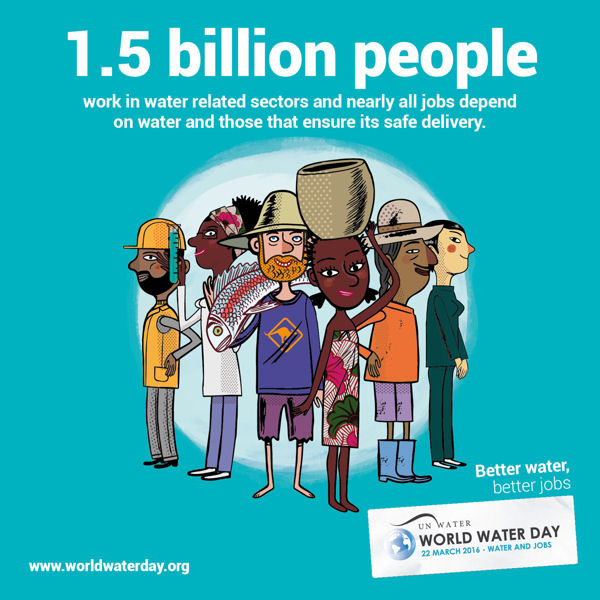
The first White House Water Summit was held on World Water Day — March 22. Photo courtesy of UN-Water.
On March 22 — World Water Day — the Barack Obama Administration hosted the first White House Water Summit. More than 200 attendees gathered at the summit to discuss water resources in infrastructure in the U.S. and advance water sector efforts.
The summit built on the White House Roundtable on Water Innovation held Dec. 15, 2015. The Water Environment Federation (WEF; Alexandria, Va.) participated in the roundtable and submitted “commitments to action” as part of the summit.
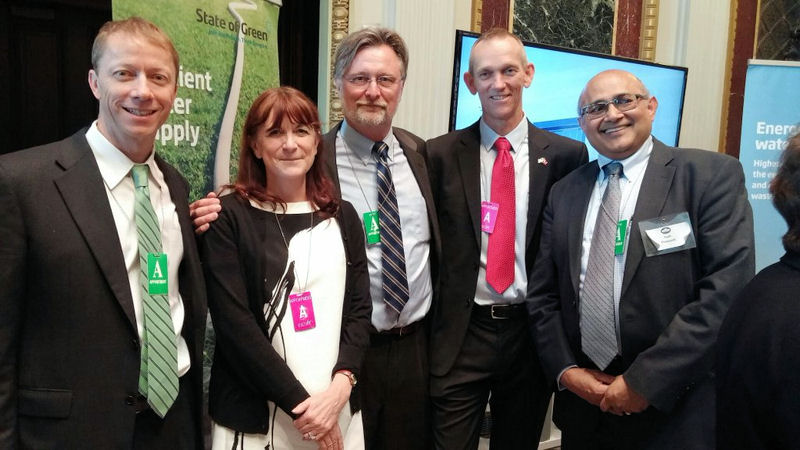
Water sector leaders (from left to right) — Jeff Moeller, Water Environment Research Foundation (WERF; Alexandria, Va.) director of Water Technologies; Eileen O’Neill, Water Environment Federation (WEF; Alexandria, Va.) executive director; Jeff Lape, U.S. Environmental Protection Agency Office of Water, Office of Science and Technology deputy director; Claus Homann, member of the WEF Board of Trustees and CEO of Aarhus (Denmark) Water Utility Ltd.; and Amit Pramanik, WERF director of research — attend the first White House Water Summit. Photo courtesy of Pramanik.
Two of WEF’s commitments were accepted and included in the executive office of the President’s report, Commitments to Action on Building a Sustainable Water Future. The commitments are related to the
- National Green Infrastructure Certification Program (NGICP), and
- the Leaders Innovation Forum for Technology (LIFT) Water Reuse Focus Area, and Water Reuse Roadmap.
WEF, DC Water develop NGICP
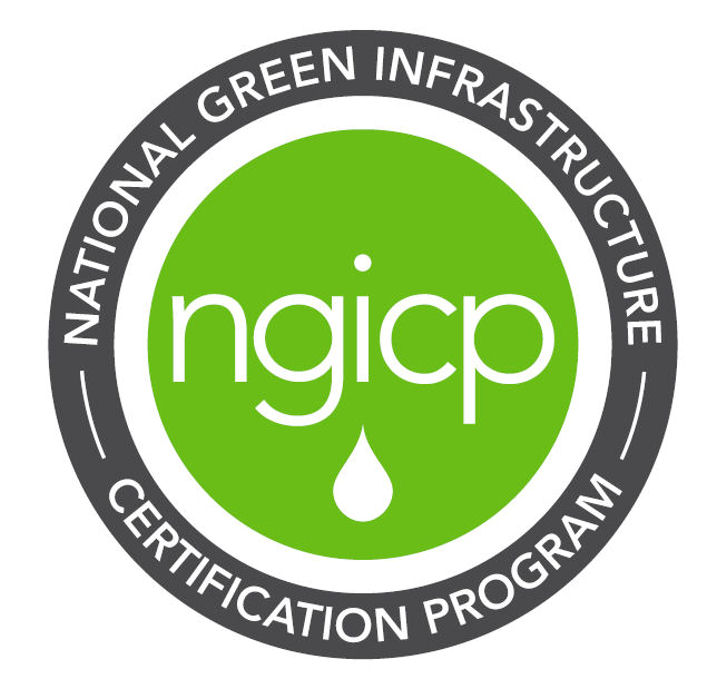 In February, WEF and DC Water (Washington, D.C.) announced a partnership to develop NGICP. This program will certify individuals who install, inspect, and maintain green infrastructure systems. The program will promote a skilled green infrastructure workforce and support community-based job creation. The first certifications are expected in January 2017.
In February, WEF and DC Water (Washington, D.C.) announced a partnership to develop NGICP. This program will certify individuals who install, inspect, and maintain green infrastructure systems. The program will promote a skilled green infrastructure workforce and support community-based job creation. The first certifications are expected in January 2017.
LIFT looks to water reuse
LIFT, a joint WEF and Water Environment Research Foundation (Alexandria, Va.) initiative, helps accelerate water sector innovation. The LIFT Technology Focus Area on Water Reuse will establish a new network of water users identifying, evaluating, and demonstrating innovative technologies to help improve the effectiveness and reduce the costs of water reuse. WEF also will release a new Water Reuse Roadmap about recovering resources from wastewater.
“WEF is honored to be working in collaboration with our nation’s leaders, our water sector colleagues, and many stakeholders from across the country to explore and advance resilient and sustainable water management strategies that work for us today and protect our water for the future,” said WEF Executive Director Eileen O’Neill. “We are excited and encouraged by the increased awareness of the value and importance of water and the very real steps we are taking together to make it a national priority.”
Part of a larger whole

A stop sign at the end of School House Hill Rd in Turner, Maine shows a flooded road near a U.S. Geological Survey (USGS) gaging station on the Nezinscot River. Photo courtesy of Nick Stasulis, USGS.
The Commitments to Action report describes nearly $4 billion in private capital committed to investment in water infrastructure projects, more than $1 billion from the private sector invested during the next decade to conduct research and development into new technologies, nearly $35 million this year in federal grants from the U.S. Environmental Protection Agency, National Oceanic and Atmospheric Administration, National Science Foundation, and U.S. Department of Agriculture to support water science, according to the White House Working Together to Build a Sustainable Water Future Fact Sheet.
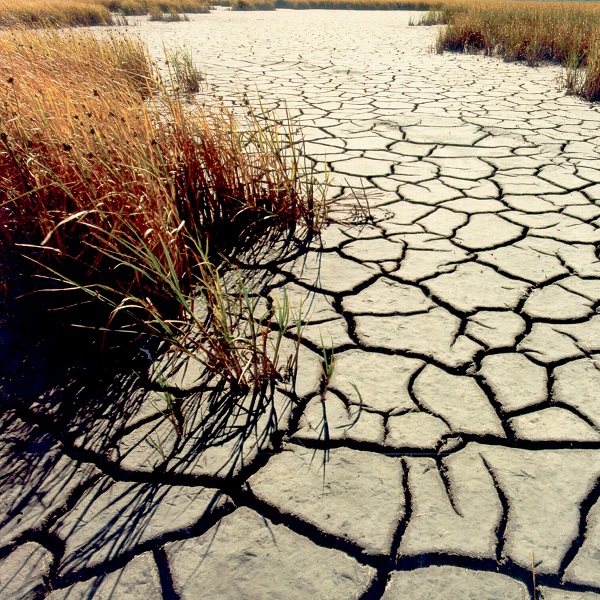
The Vegetation Drought Response Index incorporates satellite observations of vegetation to monitor at a finer spatial detail than other commonly used drought indicators. Photo courtesy of the USGS.
The White House has issued a call-to-action for individuals, organizations, and institutions from all sectors to take new, specific, and measurable steps to address key water issues, such as drought, flooding, water availability or quality, water-use efficiency, water security, and ecosystem requirements.
Look for a White House Water Summit infographic in the June issue of WEF’s magazine, WE&T.
— Jennifer Fulcher, WEF Highlights


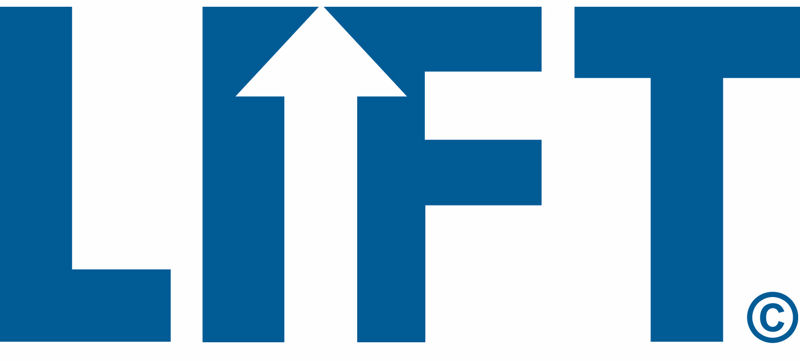






May 19, 2016
WEF Resources & Efforts